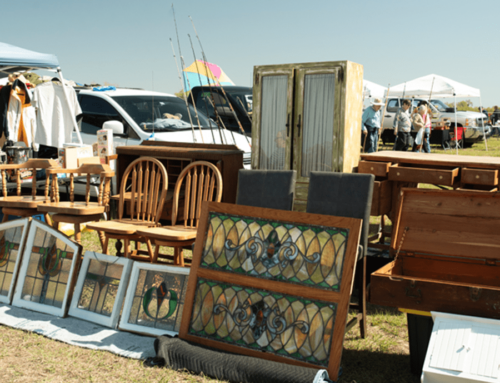By Akers Editorial
OUT+ABOUT: The Galapagos Islands—Nature’s Laboratory
It’s a gorgeous, sunny day in April as our plane approaches the Galapagos Islands. We left continental Ecuador early in the morning and traveled 563 miles before I made my first sighting of this archipelago in the Pacific Ocean. Gripped with anticipation, I got a bird’s-eye view of these 19 volcanic islands that straddle the earth’s equator.
Being both a physician and a photographer, I’ve been intrigued with the Galapagos Islands National Park and Marine Reserve for many years. These islands have a vast array of endemic species and were the subject of study by Charles Darwin.
Darwin was an English naturalist and geologist who went on a five-year voyage aboard the HMS Beagle, in which he studied wildlife on the Galapagos in the 1850s. From this experience, he published his famous book On the Origin of Species, the seminal treatise on the theory of evolution. Based on his research, it was determined that all species of life descended over time from common ancestors. His theory describes the process by which natural selection allows the strongest to survive over the course of millennia.
The best way to tour the Galapagos Islands is by ship. Each night while we slept, the ship navigated to another island in the archipelago. In the morning, the ship anchored and we got to shore by dinghy. This way allows the terrain to remain unadulterated by humans. We had strict rules about how close to get to the wildlife.
The first stop was the North Seymour Island, where I came in contact with my first land iguana. North Seymour is unusual from a geological point of view in that it was created by seismic uplift, as opposed to volcanic origin. The wildlife here abounds with numerous blue-footed boobies, swallow-tailed gulls, and attractive frigate birds.
We cruised to the second largest of the islands known as Santa Cruz, the only member of the archipelago that has human inhabitants. It is the home of the Charles Darwin Research Station. While we encountered wonderful marine iguanas and Galapagos crabs, my favorites were the Galapagos tortoises found in Tortuga Bay. These giant tortoises are the largest species of their kind and the 14th heaviest reptile extant in the world today.
The next stop was Isla Espanola, considered one of the oldest in the archipelago, estimated by geologists to be 4 million years old. We saw seals on Gardner Bay. Española is also home to the world’s largest population of waved albatrosses. Blue-footed boobies can also be seen doing their mating dance.
Quite by surprise, our captain told us we would make a detour on our way to Urbina Bay on the Isla Isabella. As it turned out, La Cumbre Volcano was erupting on Fernandina Island, and we received clearance to approach it. As the volcano erupts, the lava flows into the Pacific Ocean. I dipped my hand into the water from our dinghy and noted that the ordinarily cool ocean temperature was warm!
Our final stop was at Isla Santiago where we entered James Bay. In front of us were two overlapping volcanoes with lava flows dating back 750,000 years. Sullivan Bay is another geological marvel where we walked over un-eroded, black lava flow and observed marine iguanas, flamingos, and crabs.
As we headed back to the mainland of South America by plane, I reflected on where I’d been and what I’d experienced. I saw animals and geologic rock formations I had never seen before. This was truly nature’s laboratory, a World Heritage Site to put on any traveler’s short list.






































